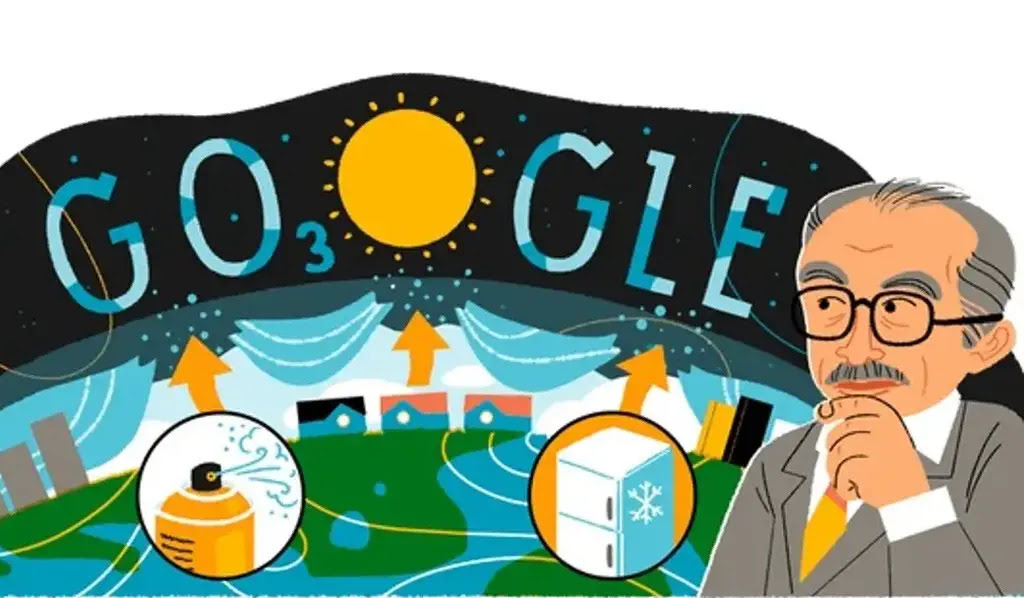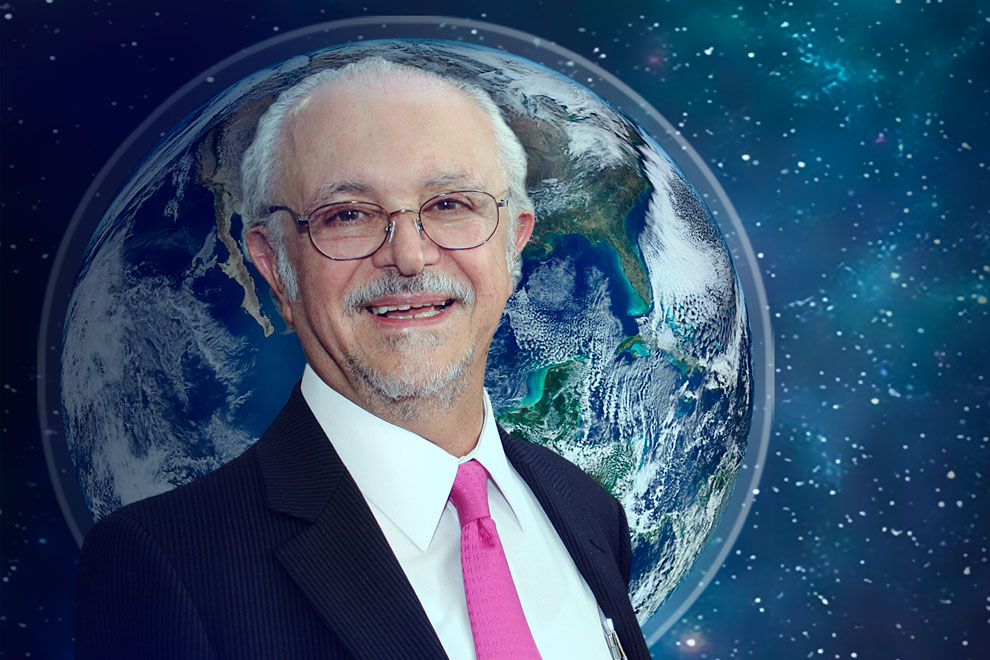Dr. Mario Molina, a Mexican chemist who successfully persuaded governments to collaborate to save the planet’s ozone layer, has been recognized by Google Doodle. Molina died of a heart attack in 2020 at 77.
Dr. Molina, a Nobel Laureate in Chemistry in 1995, was one of the researchers who discovered how chemicals deplete the Earth’s ozone shield, which is critical for protecting humans, plants, and wildlife from harmful ultraviolet light.
Chemicals in hair spray and refrigerators have been wreaking havoc on the ozone layer, the protective shroud that shields us from the sun’s harmful ultraviolet radiation, for years. However, it wasn’t until 1974 that people started paying attention.
Mexican scientist Mario Molina published a study that year demonstrating that chlorofluorocarbons, widely used in refrigerator coolants, spray paint, deodorant sprays, and other aerosol products, depleted the ozone layer. The consequences were dire because our planet would be uninhabitable if the ozone layer did not protect us from the sun. His work had an impact on global environmental policy.
On Molina’s 80th birthday, Google created a Doodle to honor his pioneering efforts to combat an environmental disaster.

Dr. Mario Molina received the Nobel Prize in Chemistry in 1995. He was one of the scientists who discovered how chemicals deplete the Earth’s ozone shield.
Dr. Mario Molina, born on March 19, 1943, in Mexico City, was drawn to science at a young age, converting his home’s bathroom into a makeshift laboratory for his chemistry sets.
“I was already fascinated by science before entering high school,” wrote Dr. Mario Molina in his Nobel biography. “I remember being ecstatic when I first saw paramecia and amoebae through a rather primitive toy microscope.”
After being sent to a Swiss boarding school at 11, Molina returned to Mexico to study chemical engineering at the National Autonomous University of Mexico before receiving a doctorate in physical chemistry from the University of California, Berkeley, in 1972.
In 2013, President Obama awarded Molina the Presidential Medal of Freedom, the highest civilian honor in the United States.

President Barack Obama awarded Dr. Mario Molina the Presidential Medal of Freedom in 2013, the highest civilian honor in the United States.
A year later, while working with F. Sherwood Rowland of the University of California, Irvine, Molina discovered that CFCs in the upper atmosphere could be broken down by ultraviolet radiation, releasing chlorine atoms that destroyed ozone molecules.
Their findings were published in the journal Nature in 1974.
Their findings were slammed by CFC-using industries, with one executive claiming that the pair’s theory was “orchestrated by the Ministry of Disinformation of the KGB.” On the other hand, British scientists discovered a massive hole in the ozone layer over Antarctica in 1985.
Because of this discovery, governments worldwide signed the Montreal Protocol in the 1980s to phase out the use of ozone-depleting substances. The agreement has been dubbed “the most successful international effort to combat climate change and environmental degradation” by Science magazine.
In 1995, Molina and Rowland were awarded the Nobel Prize in Chemistry alongside Paul J. Crutzen of the Max Planck Institute in Germany. In announcing the award, the Royal Swedish Academy of Sciences stated that the researchers “have contributed to our salvation from a global environmental problem that could have catastrophic consequences.”
People Also Reading:
Former US President Donald Trump Says He Expects to Be Arrested
China Study Claiming Covid-19 Originated in Raccoon Dogs Withdrawn










